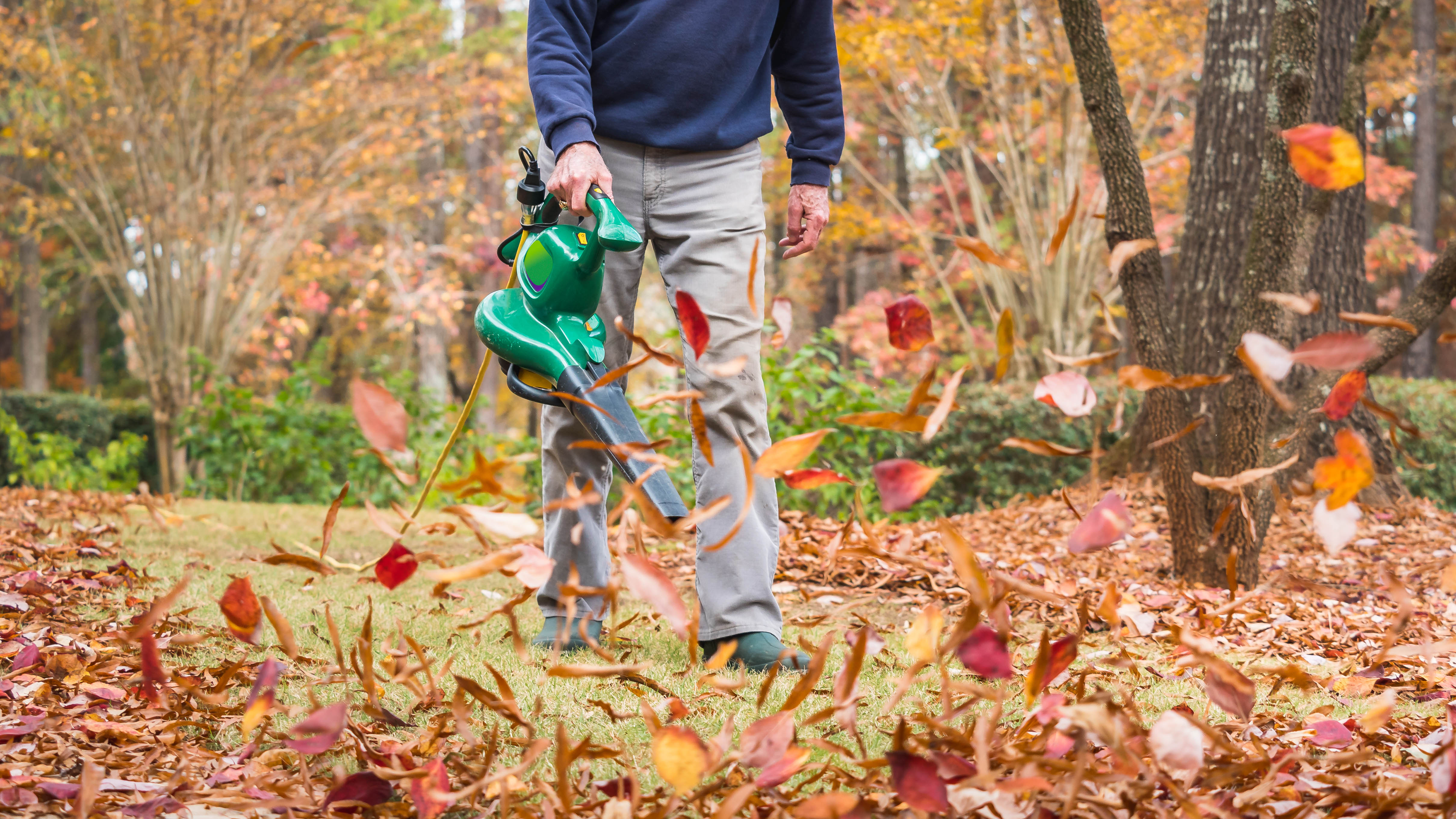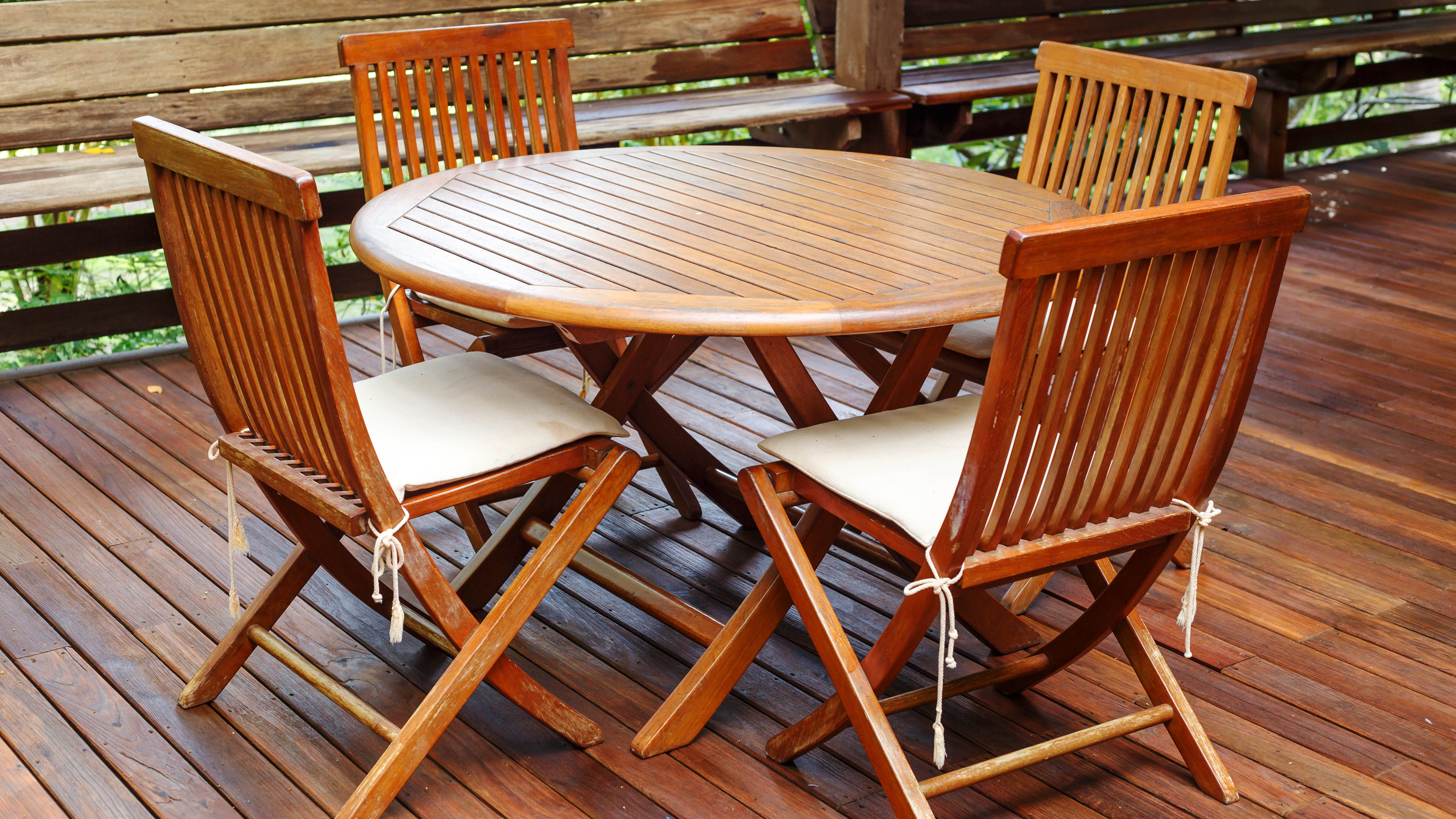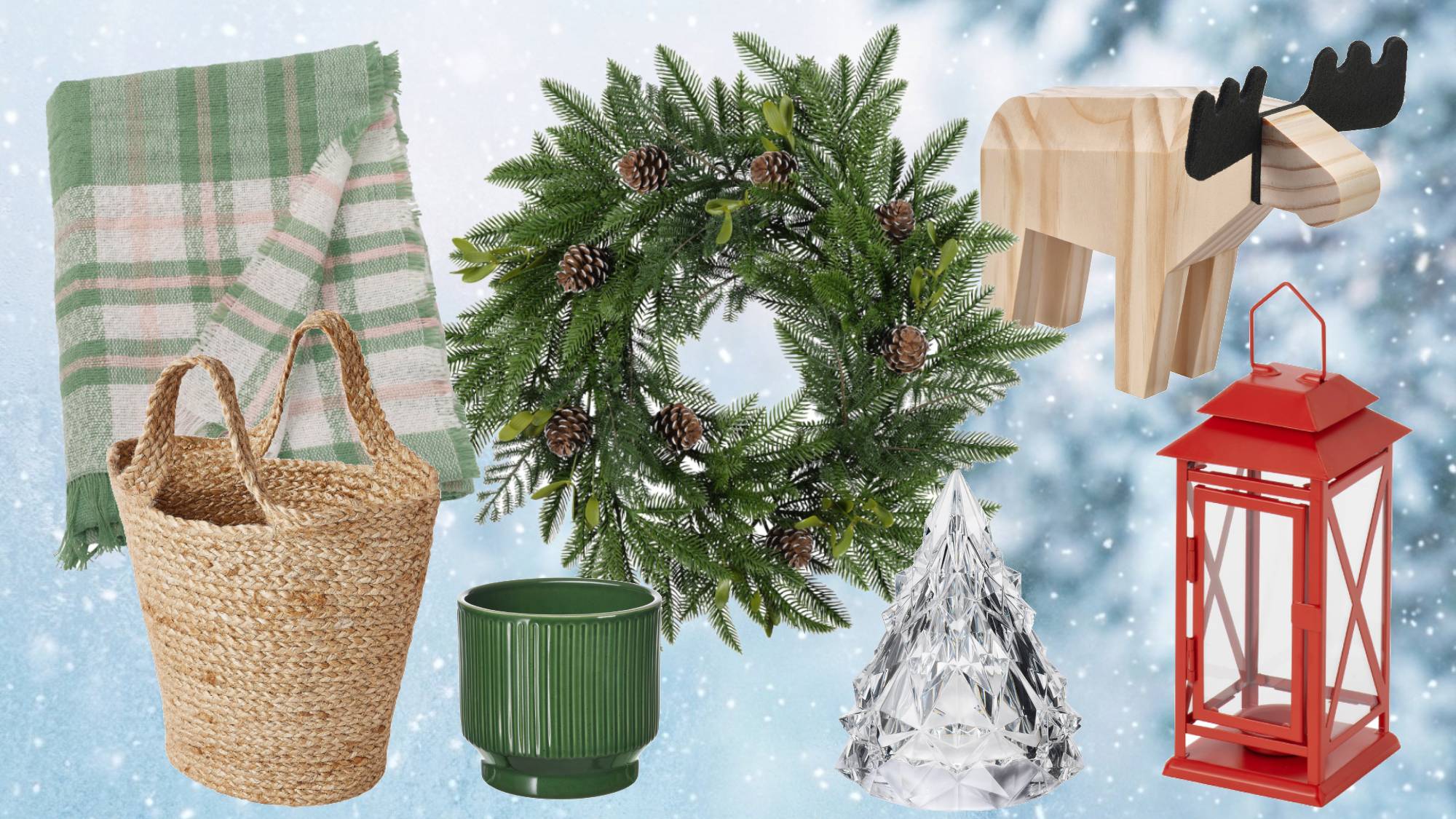How to use a leaf blower the right way — 7 top tips for cleaning your lawn
Ditch your rake and learn how to use a leaf blower in seven easy steps

If your backyard is always covered with leaves, you could probably benefit from learning how to use a leaf blower. These handy gardening tools will not only save you the back-breaking task of raking leaves, but will tidy your outdoor spaces in less time.
Leaf blowers are powerful tools that propel air out of a nozzle to easily move leaves, grass cuttings and other debris into manageable piles for when you’re ready to dispose or use fallen leaves in your garden. Leaf blowers are especially handy if you have a large property to maintain. In addition, leaf blowers are handy for clearing leaves off decks, gutters or quickly removing dirt and grass clippings from driveways.
But, before you get to work at banishing leaves, there are some useful tips to follow that will make the job more efficient. What’s more, knowing how to use a leaf blower the right way will make clearing leaves and other outdoor debris a breeze. So, if you want a spotless and tidy backyard, here’s how to use a leaf blower.
Before you buy a leaf blower, these are the 5 things you need to know. If you are raking though, be sure to find out the different types of rakes suitable for your yard. Bear in mind, fallen leaves can be good for your lawn and has its benefits.
1. Check the weather
First, check the weather conditions before using a leaf blower. Never blow wet or soaked leaves after rain or snowfall as this would be a much harder and counter-productive task. Similarly, it’s pointless blowing leaves on a windy day or when the wind is blowing in the same direction. Once you have dry and calm weather, you can follow these top tips on how to use a leaf blower the right way.
2. Wear safety gear

Before using a leaf blower, always wear suitable, protective gear. This includes eye protection, the best gardening gloves, face mask/covering, protective clothing/closed-toe shoes, and noise-cancelling ear muffs. While they may look harmless, leaf blowers are still powerful tools that require proper safety precautions to avoid injury from flying debris. In addition, most leaf blowers generate between 70 and 75 decibels of noise, which is incredibly loud. In some cases, this could damage hearing after prolonged use, so take caution.
3. Prepare your leaf blower

Ensure you fully charge the battery of your cordless leaf blower, or have a spare battery at the ready. Some cordless leaf blowers are available to buy with two batteries such as this Worx 20V Cordless Leaf Blower ($159, Amazon). If you have a gas-powered leaf blower however, fill the fuel tank and check the oil before you start the task.
Get instant access to breaking news, the hottest reviews, great deals and helpful tips.
4. Clear the outdoor area

To make clearing more manageable, walk through your outdoor space and pick up any large branches, debris and also lawn ornaments that may be in your path. In addition, it might be practical to move any garden furniture out of the way before starting any leaf blowing tasks.
5. Adjust your power settings

Before aiming the blower at the leaves, adjust the airflow to a suitable setting. Too much power and airflow will just create a scattered mess, and it’s always best to blow leaves into smaller piles rather than blowing them across the yard. If you have a ‘vacuum mode,’ this is suitable for smaller spaces, beneath hedges or other tricky spots where a leaf rake would be hard to reach.
6. Stick to a ‘leaf blowing’ technique

Experts suggest that you start using your blower at the outer perimeter of your backyard, and direct the leaves towards the middle of the space. Hold the blower by your side, and point the front chute toward the ground at a low angle. Try to direct the airflow under the leaves, not on top of the leaves, and move the blower chute from left to right to create an arc-like motion as you walk slowly with the blower.
7. Direct leaves into a tarp

One of the best methods of organizing leaves and debris all at once is to directly blow the leaves onto a large tarp. Once you’ve piled all the leaves, gather up the corners of the tarp and tie them together. This makes it easier to dispose of or use as compost in the garden. In fact, this hack is commonly used by professional landscapers for easy transport.
After use, store your leaf blower in a dry place. Hanging your leaf blower by the hooks is one of the most convenient ways to store it in a garage or shed. This will reduce chances of wear and tear, or avoid any accidents from being left on the ground.
What are the types of leaf blowers?
Depending on your backyard needs, these are the different types of leaf blower to suit every space.
Handheld leaf blowers — These are the more popular types for home use. Plus, the compact and lightweight size is more suitable for smaller spaces. Most of these models will be electric, and will be either corded or battery-powered. The former tend to be the least expensive, but will also require an extension cord so you can use it all around your yard.
Backpack leaf blowers — As the name suggests, the motor is carried in a comfortable, shoulder harness, while you keep the blower tube in your hand. These models are often more powerful than handheld models, and are ideal for medium to large backyard spaces. These are typically gas-powered.
Walk-behind leaf blowers — These types are the most powerful of blowers, and are more suitable for larger yards or spaces. Like backpack leaf blowers, these also tend to be gas-powered.
You might also want to check out how I used four different tools to get rid of leaves — here's what worked best.
Preparing for winter? Check out when should you stop mowing your lawn for the winter, before learning how to store a lawn mower and protect it through the winter. Also, be sure to check out how to clean gutters — with or without a ladder, 5 ways to use fallen leaves in your garden, 7 lawnmower mistakes you’re probably making right now, how to dethatch a lawn and how much you should water your lawn to keep it green, according to experts.

As the Homes Content Editor, Cynthia Lawrence covers all things homes, interior decorating, and garden-related. She has a wealth of editorial experience testing the latest, ‘must-have’ home appliances, writing buying guides and the handy ‘how to’ features.
Her work has been published in various titles including, T3, Top Ten Reviews, Ideal Home, Real Homes, Livingetc. and House Beautiful, amongst many.
With a rather unhealthy obsession for all things homes and interiors, she also has an interior design blog for style inspiration and savvy storage solutions (get rid of that clutter!). When she’s not testing cool products, she’ll be searching online for more decor ideas to spruce up her family home or looking for a great bargain!
